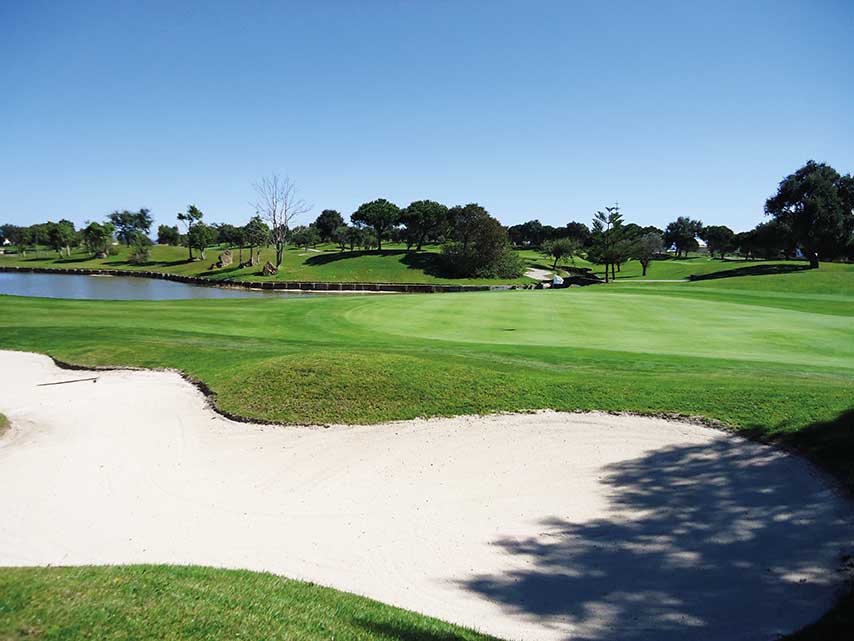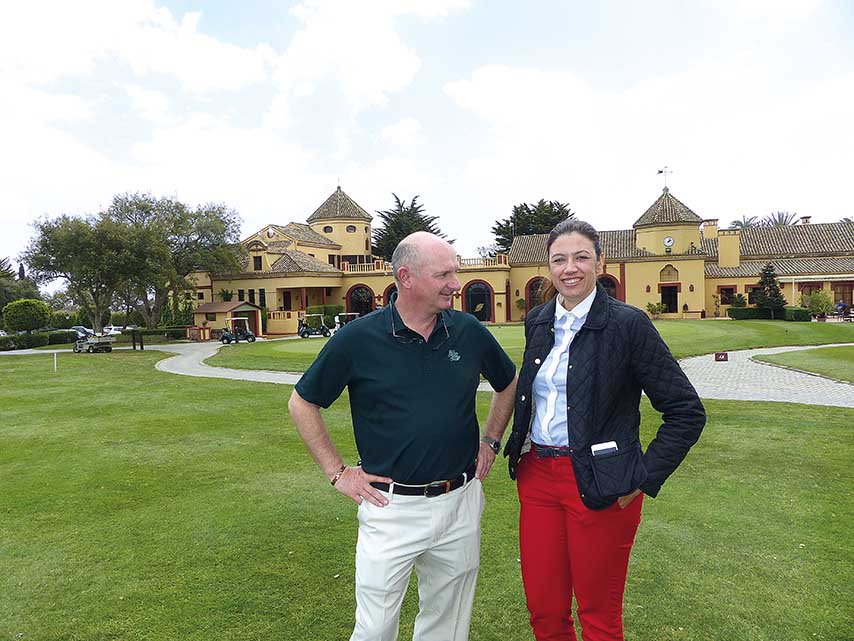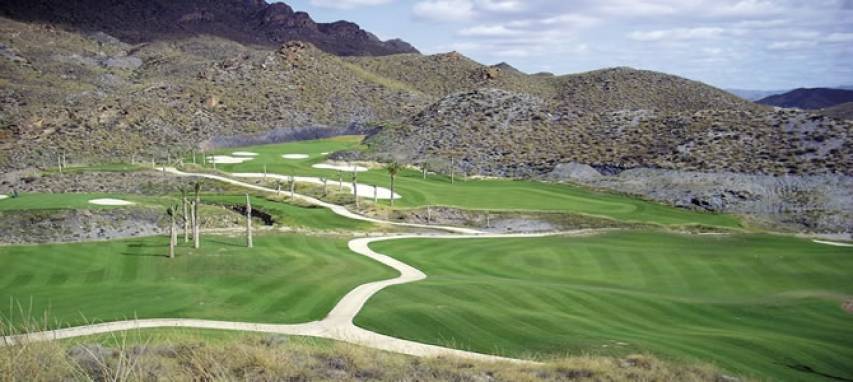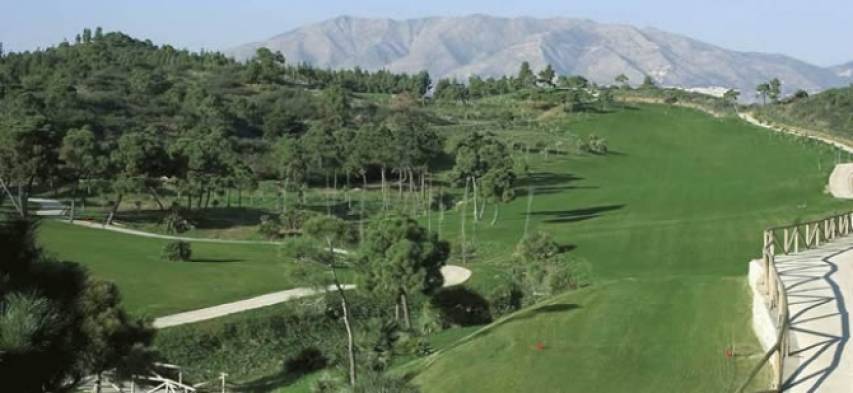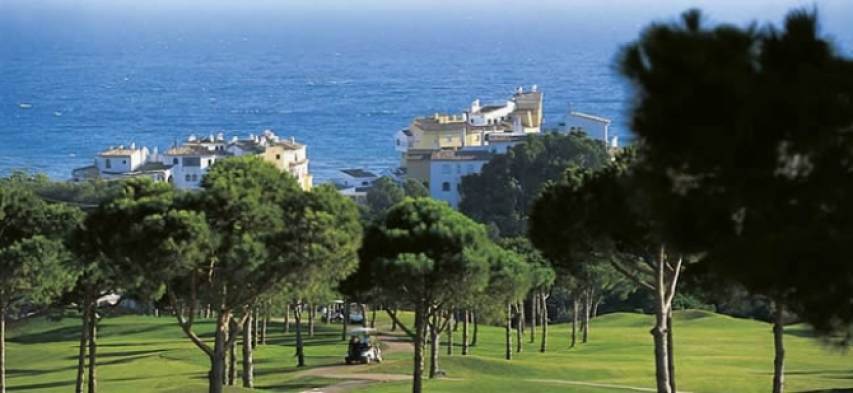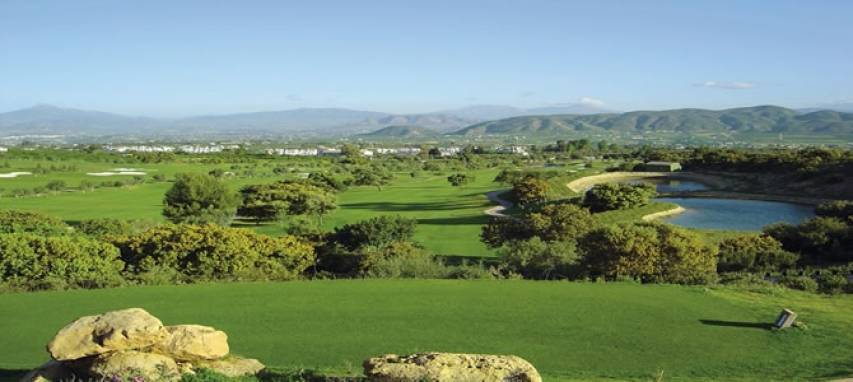Born in Hexham, a small town in northern England not far from the Scottish border, and with more than 30 years’ experience at golf clubs in the UK and Africa, Robert Bell is the greenkeeper at San Roque Club’s two magnificent courses.
Both the Old and the New Course have hosted Spanish Opens, in 2005 and 2006 and won, respectively, by Swedes Peter Hanson and Niclas Fasth. The club has also been the venue for several finals of the European Tour Qualifying School and, during the 1997 Ryder Cup, members of the European and US teams stayed at San Roque Club resort’s hotel and relaxed in its superb clubhouse – built within the confines of the spectacular former estate of the Domecq family.
Recommended by the European Tour to work at San Roque Club – first as a consultant and later as greenkeeper – the amiable Robert knows every nook and cranny of the resort’s 36 holes and their requirements at each stage of the maintenance process.
When talking about his work, he says the complexity of the two courses is due to a factor that is both good and bad: their location. “The best thing,” he explains, “is the summer temperature, which is warmer in Spain due to San Roque’s proximity to the Mediterranean Sea, but the bad thing is the wind from the Strait of Gibraltar. When there is a Poniente (westerly), the greens dry quickly; and when there is a Levante (easterly) the air is very humid and this causes the grass to suffer from diseases.”
To counteract these adverse effects, and to ensure the course is always in the best condition, Robert is on hand to impart his knowledge and expert professionalism, together with a highly qualified team.
“Maintenance depends on many factors,” he notes. “Forecasting the area’s weather, together with the local climate, helps you know how the weather will affect the course over the next few days. Cloudy days, sunny days, the southern areas, the northern part, near the lakes, or on the higher part of the hill, strong winds… all these factors affect the course maintenance, so each area and zone is treated differently depending on its location.”
Like the members and visitors who play golf at San Roque Club and pass on their praise, Robert is especially pleased with the state of the greens. “They are always fast and a minimum of between 10 and 10 and a half. That’s what people prefer.”
The excellent maintenance and optimum condition of the resort’s golf amenities were put to the test, quite emphatically, last winter when torrential rain flooded many Costa del Sol courses over several days. “The rain in December,” he recalls, “was not normal. In two days 554 litres per square metre was registered, the same as for a whole year.”
In the face of such a deluge, San Roque had to carry out emergency work to limit the damage as much as possible and, thanks to the team’s fine efforts and the existing quality of the course maintenance, both courses were back to normal fairly quickly. They had to labour against not only the devastating effects of the torrential rain but also other consequences of the storm, such as damage to the irrigation system caused by lighting, with pumps burned and other defects.
“No golf course can be prepared for rainfall like that,” points out the San Roque greenkeeper, who doesn’t expect such unexpected and devastating storms to be repeated for many years. As part of San Roque Club’s ongoing improvements plan, the main maintenance work on the resort’s two courses tends to be undertaken from December to April. For example, this year the fairways have been reseeded with Bermuda to improve the quality, and the bunkers on the Old and New Courses been renovated, always with the objective of trying to ensure that the work interferes as little as possible with golfers’ play, and does not coincide with tournaments or high season bookings. To that end, communication between Lydia (marketing and operations director Lidia Muñoz) and me is very fluid, and that’s the way it should be.
The main thing for both of us is client satisfaction, and we have been clear about that right from the first moment, so we reach a balance between the two of us so that I can carry out my work in fulfilling the requirements of the course and she can sell. Obviously we are always exposed to external circumstances that can affect clients, such as a breakdown, but we try to bother them as little as possible.”
The Courses
Designed by Dave Thomas – a former Ryder Cup player and the renowned creator of such famous golf courses as The Belfry – the Old Course was opened in 1991 and is one of the finest layouts in Spain, and throughout Europe. A par-72 and 6,508 metres long, it meanders through an extensive cork tree forest area over the front nine, while the second nine features considerably more water, which comes into play as lakes near the greens.
The New Course, a par-72 extending over 6,497 metres, was inaugurated in 2003 and was designed by Perry Dye in collaboration with Severiano Ballesteros. This course is highlighted by its high technical quality, a layout requiring pinpoint accuracy, and an impeccable finish and landscaping. There is not a single home in its immediate surroundings, so no building is detrimental to or interferes with play.
The day Andalucía Golf/España Golf interviewed Robert Bell, two stars of the calibre of Manuel Piñero and José María Cañizares were playing on the New Course, accompanied by another great champion, in his case amateur, Borja Queipo de Llano.
